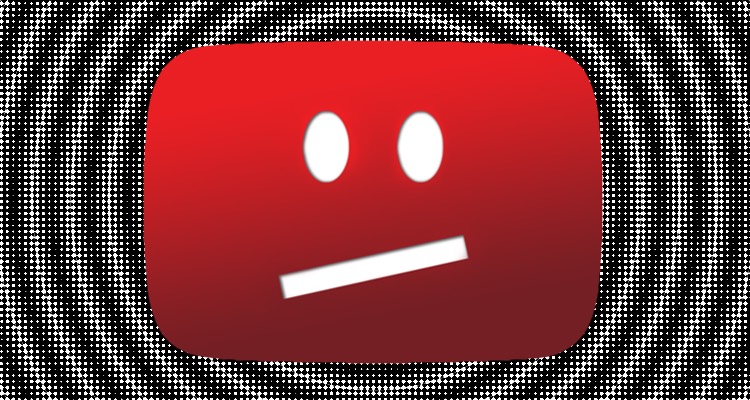The music industry has been going through a rough patch for a number of years. That wasn’t always the case. A number of decades ago, before the information age known as the 21st century, the music industry was flourishing. The arrival of the internet changed the game.
The slow and painful death of physical music:
The evolution of physical music has been an interesting story so far. For decades on end, vinyl dominated the playing field drawing flocks of consumers towards dedicated record shops, exchanging their hard-earned money for the right to listen to the newest hits in the comfort of your home, whenever they chose to. Eventually, new mediums, such as the cassette and the CD, found their way to the marketplace and lead to the gradual decrease of production costs as well as the associated retail prices.
The arrival of the internet, combined with the digitalization of music through the development of CDs, drastically changed the internet: Websites like Napster, Soulseek and Piratebay enabled consumers to skip music stores altogether and share music among each other over the web, free of charge. This constituted a turning point as it taught younger generations that music can be consumed for free. This caused a dramatic decline in profits across the industry and considerably
The Rise of the Platform
But things were about to get even worse. The emergence of platforms like YouTube, Spotify and Apple Music weakened the industry’s position even further. Under the premise of democratization of the music industry, streaming platforms have cut out several middlemen (resulting in the death of numerous music shops, labels, and distributors) and now leverage cross-side network effects to capture a ridiculously disproportionate share of the profits. The consequences of this shift are heterogeneous: While big mainstream stars such as Taylor Swift and Kanye West still earn outrageous amounts, the share of profits for new entrants declines by the day, driving new and promising artists out of the industry and stifling creativity.
Sources:
https://festivalpeak.com/spotify-is-ruling-the-music-industry-but-is-it-also-ruining-it-69a864428a78


